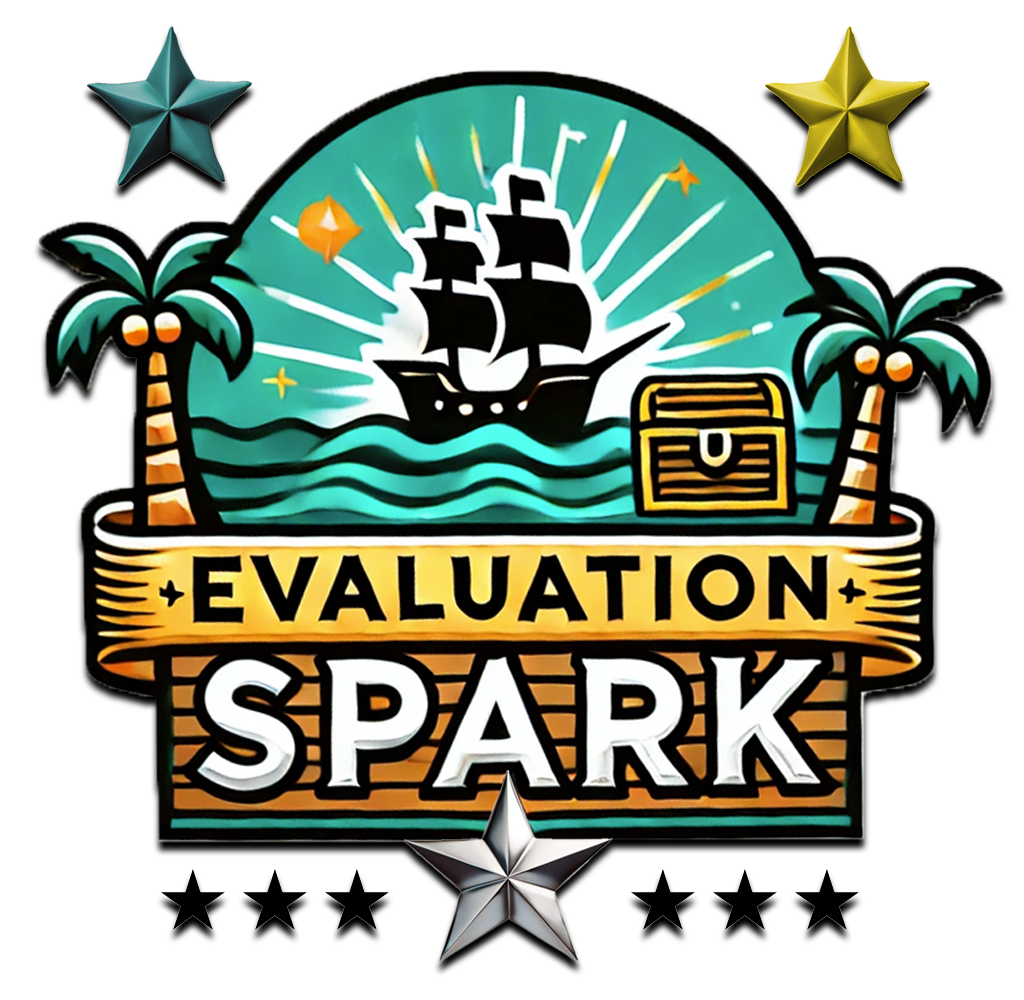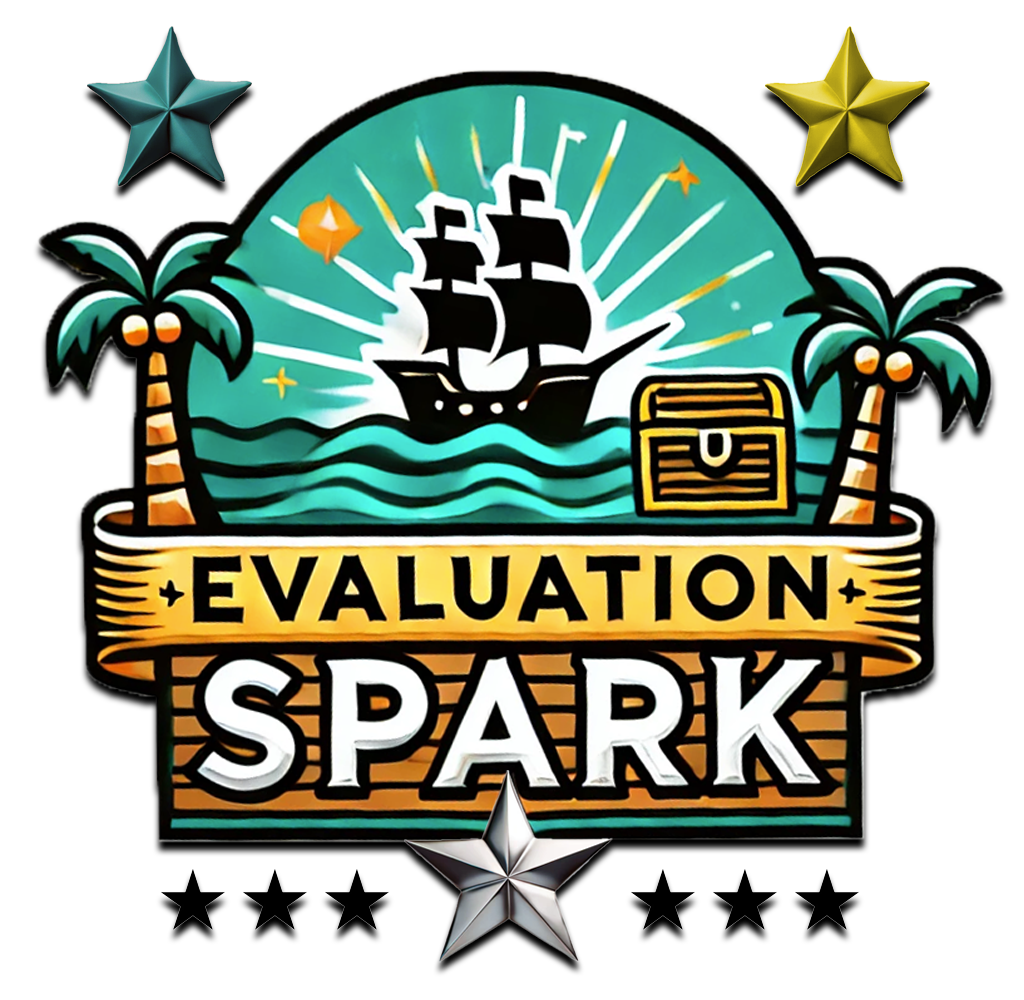Wortschatz
Verkehrsmittel – Wortschatz
Welche Verkehrsmittel kennen Sie schon?
Arbeit mit dem Wortschatz
Welche Verkehrsmittel gibt es bei Ihnen? Machen Sie eine Liste mit der Gruppe.
Which modes of transportation do you have near you? Make a list with a group.
Hören
Arbeit mit dem Hören
Listen to the interviews with people about their experiences traveling in and around Vienna. Pay attention to any words from the vocabulary that you hear and use what you hear to complete the activities below.
Partnerarbeit: Sprechen
Wie fährst du zur Schule?
With a partner or in groups, describe how you get to campus. Here are some potential phrases that are useful.
mit dem Bus / mit dem Fahrrad / mit dem Auto / mit dem Skateboard fahren | zu Fuß gehen
S1: Wie kommst du zur Schule?
S2: Ich fahre mit dem Bus. Und du? Wie fährst du zur Schule?
Strukturen
You might have noticed that even though we say “der Bus” we use the expression “mit dem Bus” in the previous exercise to explain that we travel by bus, car, or other modes of transportation. This is because “mit” is a preposition and it changes the case of the noun. You’ve already learned about the nominative and accusative cases, now we’re going to learn about dative. Specifically we are focused on the prepositions that go along with the dative and the prepositions that have to do with the location of things and traveling.
Dative Case
| Nominativ | Akkusativ | Dativ | ||
|---|---|---|---|---|
| pl | die – meine | die – meine | den +n – +n meinen +n | |
| die | die eine meine | die eine meine | der einer meiner | |
| das | das ein mein | das ein mein | dem einem meinem | |
| der | der ein mein | den einen meinen | dem einem meinem |
Note: The nouns in dative plural get an extra -n added onto the end – unless they end in -s, then don’t do anything.
Dative Prepositions
Here is a list of prepositions that go along with the dative. You can usually figure out what they mean from context, but we’re going to go over a few of them over the next few lessons.
aus
außer
bei
mit
nach
seit
von
zu
As you can see, you have already used some of these prepositions, without even knowing that they were dative.
We’re going to focus on just a couple of them that are useful for talking about modes of transportation, but we’ll go over more of them throughout this section. Look at the explanations below to see how these prepositions are used to talk about travel and transportation.
You will also notice that you will sometimes see “vom” instead of “von” or “zur” instead of “zu”. These are contractions. They combine the prepositions with the articles. Take a look at the list below to see what some of the options are for contractions with dative prepositions.
bei + dem = beim
von + dem = vom
zu + der = zur
zu + dem = zum
Arbeiten mit den Strukturen
Let’s practice this a bit. We will go over this many times throughout this unit, so you will have plenty of chances to practice in the future.
Take a look at these photos. Choose one, and describe how you think some of these people travel and why?
Lesen
Wortschatz
Arbeit mit dem Text
Strukturen
Verbs with Separable Prefixes
We’ve already learned how to conjugate verbs in the present tense, and we’ve learned that there are regular and irregular verbs – some of them follow the rules (arbeiten, kommen, heißen) and some don’t (lesen, sehen, essen). In this lesson we’re learning about another type of verbs – verbs with separable prefixes.
Prefixes are words attached to the beginning of other words, that often change the meaning of the word. We have them in English: review, become, undo. German uses prefixes as well and with verbs there are two types of prefixes.
- separable prefixes – these separate from the verb and move to the end of the sentence or phrase. Remember to conjugate the verb just like you normally would, and don’t forget to change vowels, if they require that (see: fahren).



- inseparable prefixes – these prefixes, as you might have guessed, don’t separate from the verb.
In this section we’re just going to focus on separable prefixes, and we’ll mark verbs with separable prefixes by writing (sep) after the verb.
Follow the directions on the following activities to get some more practice with these verbs.










